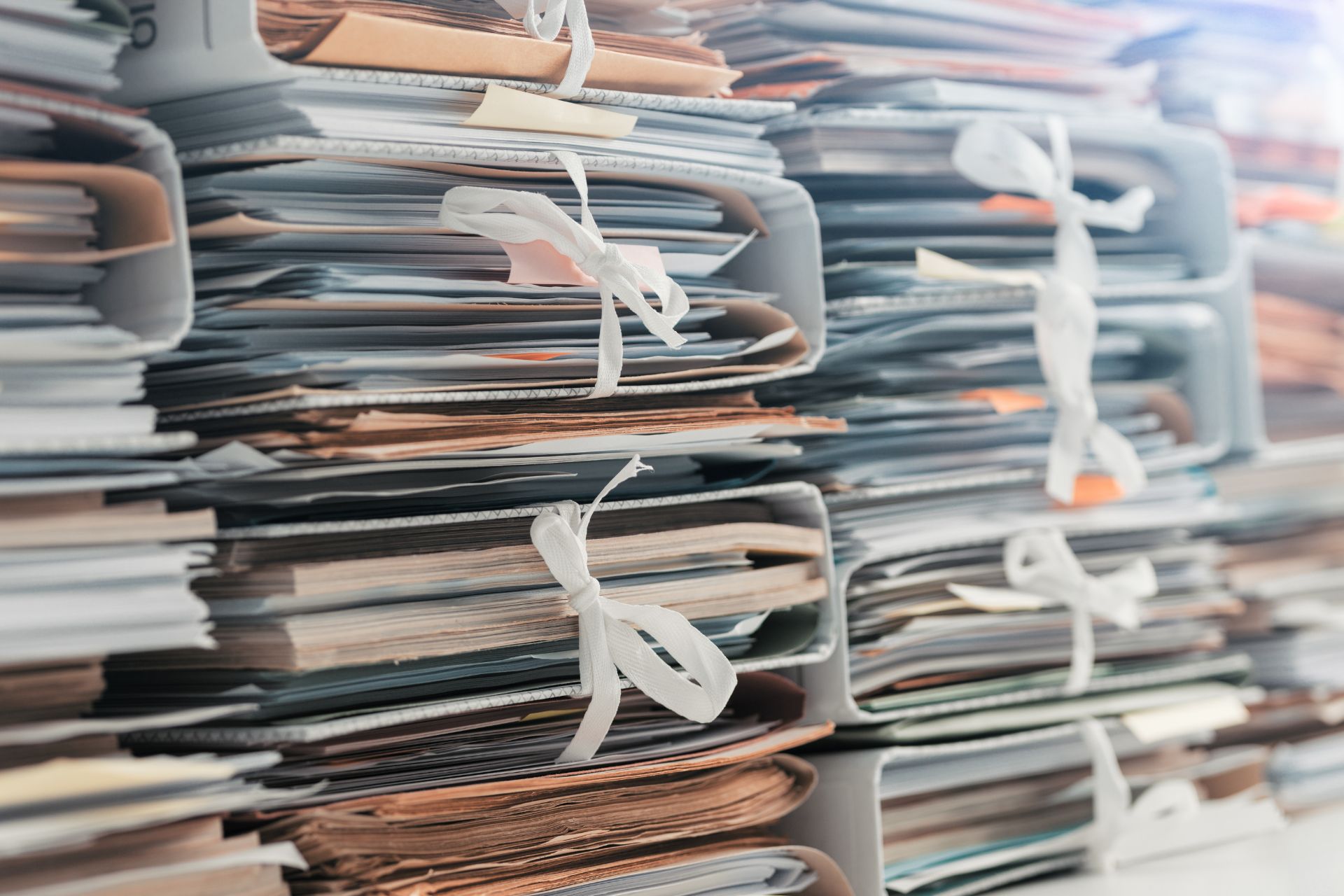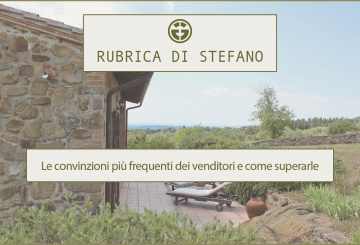Did you decide to sell your property or to buy your dream property? Then it is important that you know everything you need to know about the title of provenance (atto di provenienza) of a property.
The success of a property sale is inextricably linked to the presence of the atto di provenienza of the property, the references of which must be included not only within the notarial deed of sale but also in the preliminary contract.
Therefore, if you have decided to sell your property, it is essential that you have this document. Similarly, if you have decided to buy a property and you want to avoid unpleasant surprises regarding its regularity, it will be essential to check the “provenance” of the property, by reconstructing the various steps that have led the seller (natural or legal person) to be the subject who is the full owner of the property and entitled to dispose of it.
This verification may be carried out by requesting the TITLE OF PROVENANCE.
WHAT IS A PROPERTY TITLE OF PROVENANCE?
The title of provenance is a document certifying the ownership of a person’s right in rem over a property or, in other words, assigning ownership of the property to a person.
It is, therefore, a document, drawn up in paper form (non-verbal), following a public contract, a private deed, or a judgment, in which the nature of the right in rem is indicated (full or bare ownership, usufruct, …), the regime (communion or separation) and the share of the right itself, in the hands of the person(s).
Thus, the title of provenance may consist of:
– a notarial deed or private deed (e.g. sale, donation, division). The basic elements of the notarial deed, which are indispensable for research, are the nature of the deed, the name of the notary, the date on which the deed was concluded, the notarial register number, the date of transcription/registration in the public registers, the general register (box) and the particular register (article);
– a declaration of inheritance (which must be entered in the public registers). In such a case it is important to know that it is necessary to transfer the names of the owners of the cadastral company: in fact, in the title of provenance (in this case the declaration of inheritance) the person who owns the property will be indicated, whereas in the cadastral survey the property will still be in the name of the deceased. This kind of discrepancy, which is quite frequent, must necessarily be remedied before the conclusion of a new deed: this is possible by means of a cadastral transfer.
– a court judgment (such as an assignment by the court at the end of a usucaption case or an enforcement procedure).
Since it is therefore a document drawn up by a public official, the property title of provenance IS PUBLICLY FAITHFUL, i.e. it is full proof until a claim for forgery is made.
THE FORMS OF THE TITLE OF PROVENANCE
The title of provenance, despite its nature, may take several forms.
– Transcription note.
This is a sort of summary of the content of the notarial deed, in which its identifying elements, indispensable for the purpose of public evidence, are highlighted: personal data of the parties in favor and against, cadastral data of the property, nature of the deed.
Therefore, the transcription note does not contain all the data relating to the deed.
For a complete examination of the transcription note, it is possible to request a copy of the telematic title, i.e. an exact and complete copy of the notarial deed. This is available online, but only for notarial deeds concluded after 2014. For all other deeds, it is possible to request a copy of the title at the Land Registry Office.
– Copy of the notarial deed (essentially available from the notary).
THE INFORMATION CONTAINED IN THE ACT
The document, whether it comes from a court or a notary, contains three main pieces of information:
– who is the owner of the property: i.e. the person, natural or legal, who has the right of ownership of the property (if there is more than one owner, the document shows the shares of each);
– any usage clauses: e.g. suspensive or resolutory conditions, limitations, encumbrances, easements, or the like.
WHEN AND WHY THE DEED OF PROVENANCE IS NEEDED
As mentioned above, the title of provenance is necessary to conclude any deed disposing of the right held, such as a deed of sale or a mortgage loan, or to prepare a 20-year certificate.
If you have decided to buy a property, this document will help you understand who is entitled to the VALID sale of the property.
In the case of a property built directly by the seller, you will need the land deed and the building permit.
N.B: In the case of a mortgage loan, the credit institution, by analyzing the title of origin, can assess what rights the borrower has over the house and in what proportion, as well as identify any limits to the marriageability of the property.
WHO ISSUES THE TITLE OF PROVENANCE
The law stipulates that it can be issued by two authorities: the notary who drew up the deed or the judge.
The notary generally delivers the document to the person who acquired the rights to the property as a result of the transfer of ownership, whether by deed of sale, division, donation or otherwise.
In addition, a title of provenance may be issued by a court.
In fact, as stated above, a court judgment is equivalent to a deed of provenance, such as when it rules on a case for usucaption, or when it assigns a property to an adjudicator after an enforcement procedure.
HOW TO RECOVER A TITLE OF PROVENANCE
The title of provenance of a property is available in public registers, with a few exceptions. In the Uffici di Pubblicità Immobiliare (Offices of Real Estate Publicity), formerly Conservatoria RR.II., notarial deeds are filed, which can be searched in two different ways:
For deeds transcribed in the mechanized period (which generally includes the years between 1974 and 1980), the search can be carried out online through the Sister platform of the Italian Agenzia Delle Entrate (Revenue Agency).
On the other hand, for all the deeds transcribed in the previous period, the search can be carried out at the counters of the Uffici di Pubblicità Immobiliare.
Given that the dates of mechanization of the Conservatorie in Italy are not uniform and that, in general, each Conservatoria has done things differently, it is advisable to check the dates on which the Conservatoria was updated before proceeding with the inspection.
In the light of all the information we have provided so far, it is clear that the “provenance” of a property is the result of a combination of situations, facts, certifications, and various documents. Therefore, you will understand that reconstructing it can sometimes be a difficult task.
This is why, whether you are selling or buying a property, it is essential to rely on skilled and qualified professionals.
In this regard, we have already mentioned several times how the Great Estate Group carries out all the necessary checks to ensure that a property is saleable, and therefore successful.
Specifically, with regard to title of provenance and more generally to over twenty-year-old mortgages, we have a valuer with over twenty years of experience who carries out these specific checks for each property offered for sale by Great Estate.
Read also:




